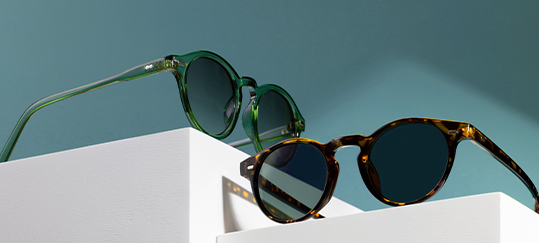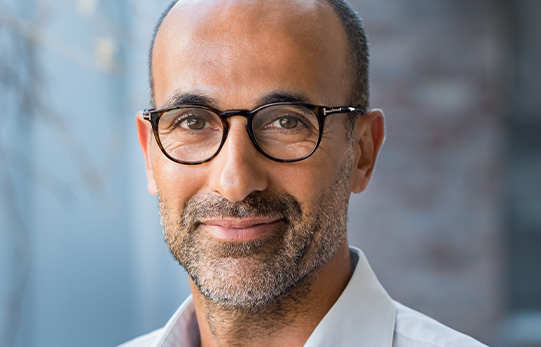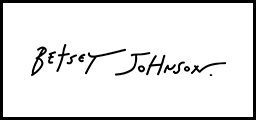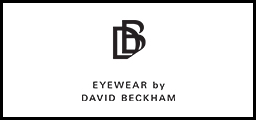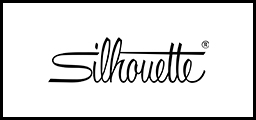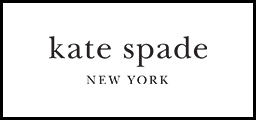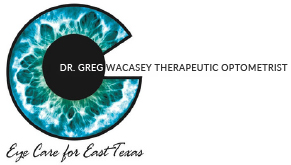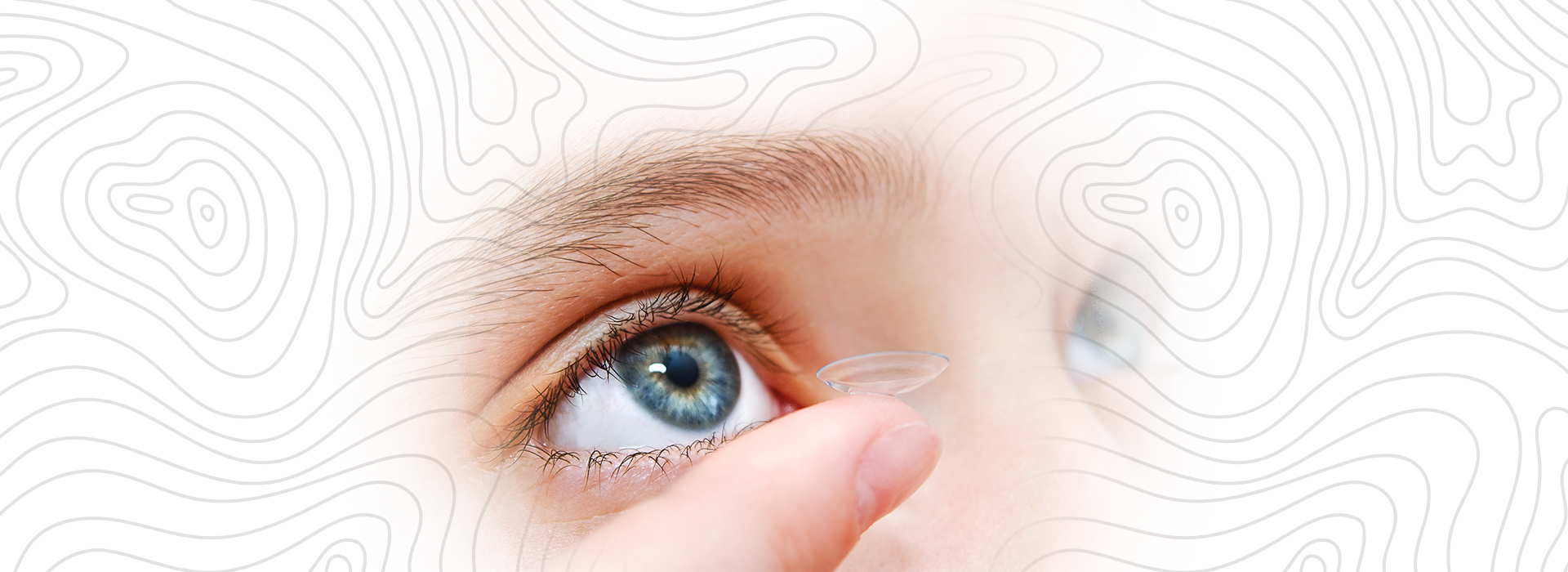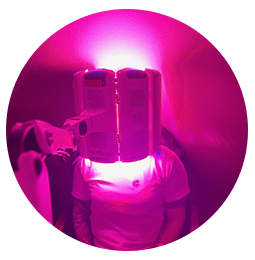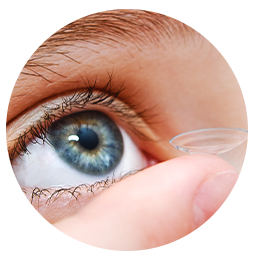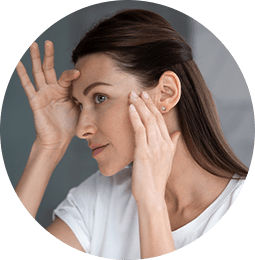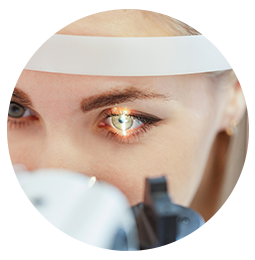Slow the Progression with Myopia Control
Oftentimes, eye conditions start in childhood and develop into adulthood. One condition that usually starts this way is myopia. Myopia is a condition where objects up close can be seen clearly, but objects in the distance become blurry. This is also known as nearsightedness.
One study reported that about 42% of children in the U.S. have myopia, making it a fairly common condition. Coming in for a children’s eye exam can help us to see if your child might have myopia.
If not controlled in childhood, Myopia can develop into adulthood and cause further vision problems. At our practice, we offer myopia control methods for children, such as ortho-k contacts, to manage their myopia and give them the best chance at clear vision.
Request AppointmentWhy Myopia Control Is Important
Controlling myopia early is key in slowing the progression in childhood and decreasing the risk of developing high myopia. High myopia is considered advanced myopia and means that corrective lenses may not be able to stabilize vision.
We implement control methods, including ortho-k contacts, to help avoid that progression, which can come with risks of eye conditions or diseases later in life.
Myopia Signs & Symptoms
Children may not know that they have myopia or may not know how to express it. There are some signs and symptoms to look out for that may require an eye exam for your child. These signs and symptoms include:
- Eye strain
- Frequent headaches
- Squinting when looking at far objects
- Trouble seeing the blackboard or television screen
Vision & Learning with Myopia
Children’s vision and learning are tightly linked, so when their vision is affected, their ability to learn and develop is also affected. Tasks like copying or reading from the board or even participating in sports can become difficult with myopia.
Often, children with vision problems have to work harder in order to understand and learn new information compared to other children. This can result in developing at a slower pace, which can set a child back in their learning goals.
Control Myopia with Ortho-K Contacts
One of the most common methods of myopia control is orthokeratology (ortho-k) contact lenses. These rigid contact lenses work by reshaping the curvature of the cornea over time to help refocus the way light enters the eye.
These lenses don’t need to be worn during the day and can be worn to sleep, so they are a great myopia control option for children who don’t like to wear frames and can improve your child’s vision without glasses.
Visit Us to Discuss Myopia Control for Children
Diagnosing myopia during a children’s eye exam can help with early detection, and we can implement control options to help slow progression.
Visit us today to get started and discuss ortho-k contact lenses for your child’s myopia.
Request AppointmentOur Location
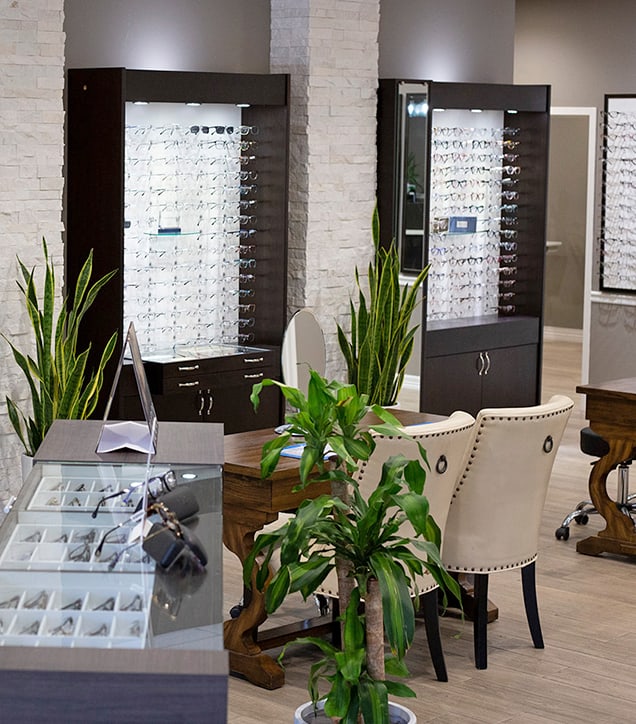
Our Address
- 2820 Bill Owens Parkway
- Longview, TX 75605
Contact Information
- Phone: 903-663-1550
- Fax: 903-663-9038
- Email: [email protected]
Our Hours
- Monday: 9:00 AM – 5:00 PM
- Tuesday: 8:00 AM – 4:00 PM
- Wednesday: 9:00 AM – 5:00 PM
- Thursday: 8:00 AM – 4:00 PM
- Friday: 8:00 AM – 2:00 PM
- Saturday: Closed
- Sunday: Closed
Our Brands

